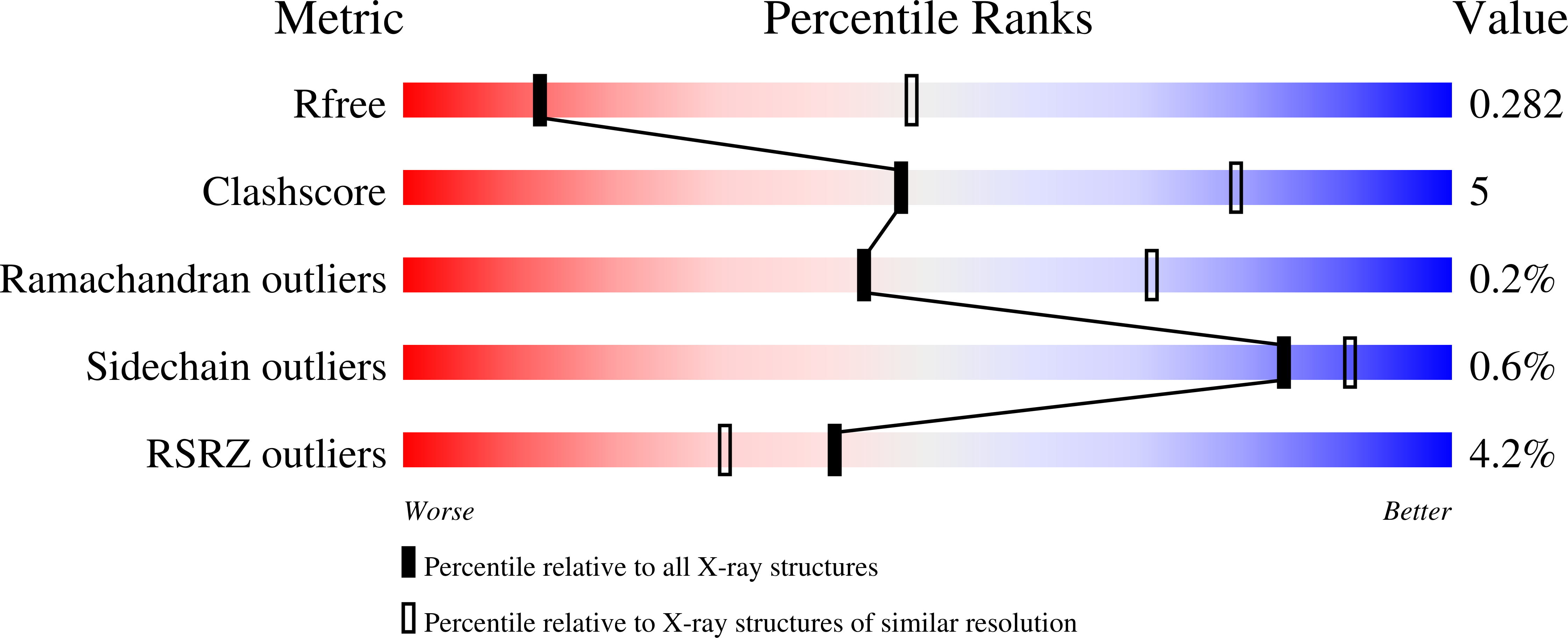
Deposition Date
2024-09-26
Release Date
2025-03-19
Last Version Date
2025-03-19
Entry Detail
PDB ID:
9DS2
Keywords:
Title:
Crystal structure of 346-54 Fab in complex with H1 HA from A/California/04/2009(H1N1)
Biological Source:
Source Organism:
Influenza A virus (Taxon ID: 11320)
Homo sapiens (Taxon ID: 9606)
Homo sapiens (Taxon ID: 9606)
Host Organism:
Method Details:
Experimental Method:
Resolution:
3.29 Å
R-Value Free:
0.27
R-Value Work:
0.24
R-Value Observed:
0.24
Space Group:
I 21 21 21


